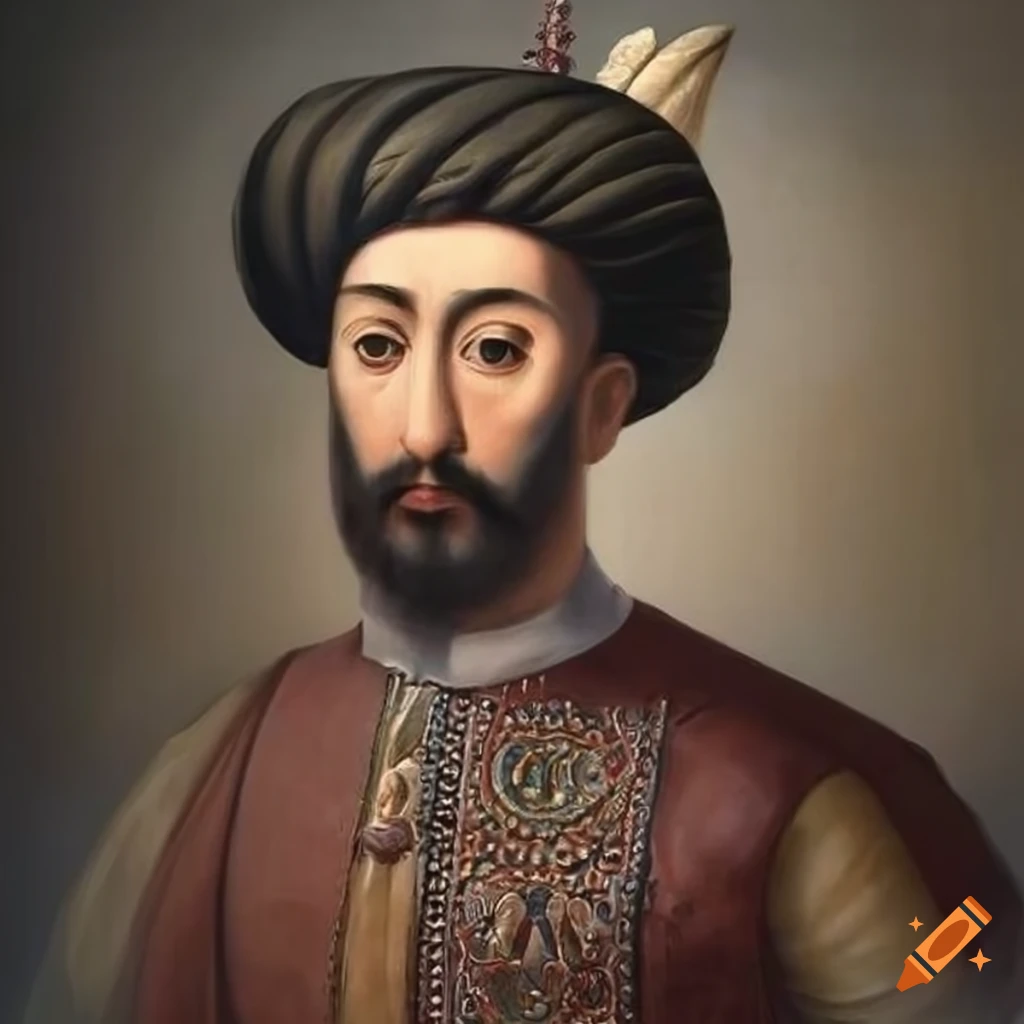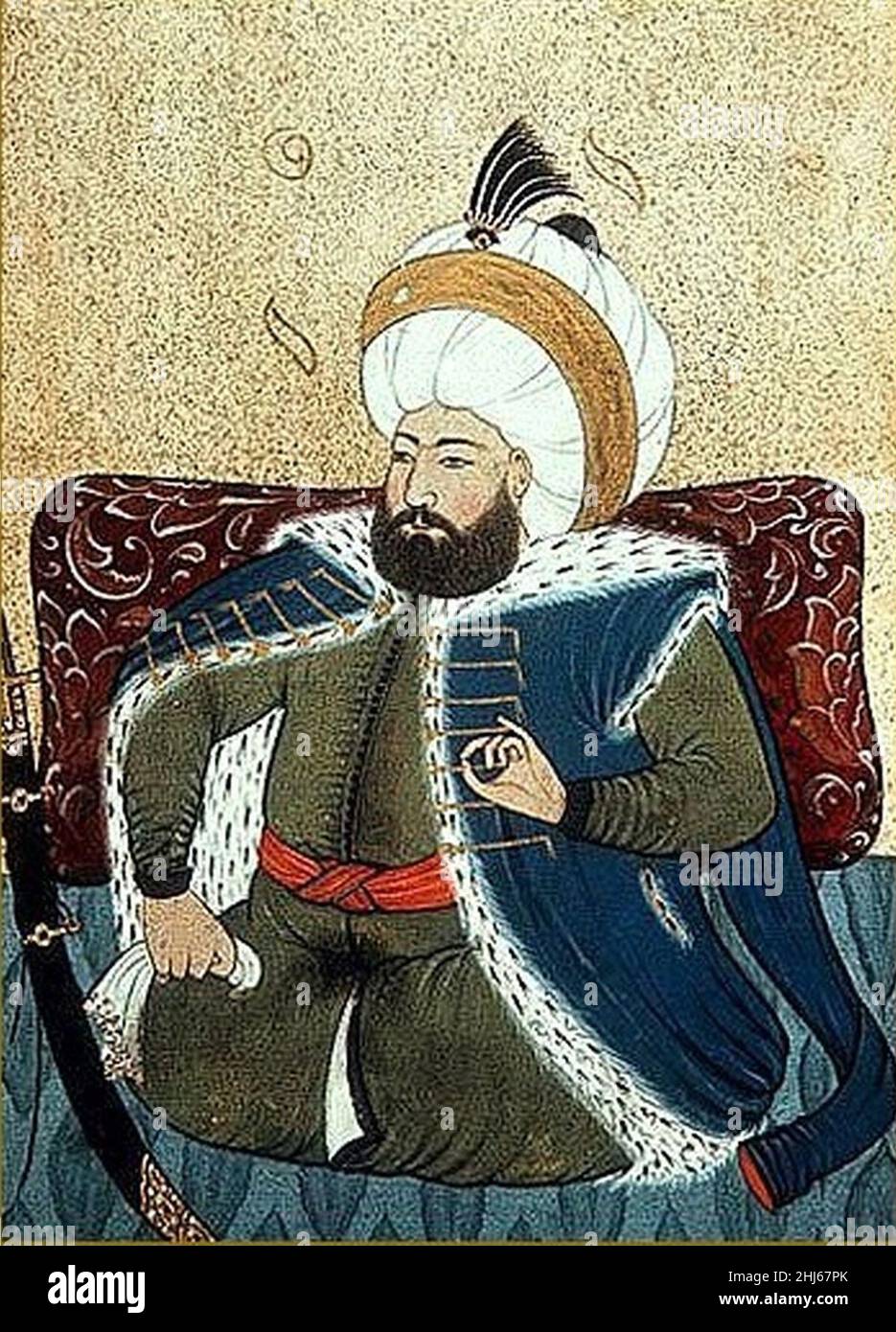Many people, you know, find themselves wondering about the financial standing of royal figures, particularly those who lead nations with significant natural resources. It's almost a natural curiosity, isn't it? When we talk about the Middle East, the Sultan of Oman net worth often comes up in discussions about the world's wealthiest rulers. This piece aims to shed some light on the financial aspects tied to the Omani monarchy, drawing directly from reported figures and facts.
So, we are going to look closely at the financial details associated with the leadership of Oman. This involves, in a way, exploring the wealth held by previous rulers and considering the broader economic factors that play a part in such fortunes. It is that kind of information many people seek when they look up these topics.
This discussion will go into the figures connected to Sultan Qaboos bin Said, who was a long-serving leader. We will also touch upon the current Sultan, Haitham bin Tariq, and the general sources of wealth for the Omani royal family. Really, it's about providing a clear picture based on available information.
Table of Contents
Understanding Royal Wealth: The Sultan of Oman Net Worth
The financial standing of a nation's leader, especially a monarch, often sparks a lot of interest. For Oman, the figures associated with its past Sultan, Qaboos bin Said, have been the subject of various reports. These figures give us, you know, a sense of the wealth accumulated over many years of rule.
Sultan Qaboos bin Said: A Legacy of Fortune
Sultan Qaboos bin Said Al Said served as the Sultan of Oman for a very long time, from 1970 until his passing. His life story is, in a way, intertwined with the development of modern Oman. People often wondered about his personal fortune, and several sources tried to put a number on it.
Personal Details and Background
| Detail | Information |
|---|---|
| Full Name | Qaboos bin Said Al Said |
| Role | Former Sultan of Oman |
| Born | Salalah, Dhofar, Oman |
| Reign Began | 1970 |
| Passed Away | January 10, 2020 |
When Sultan Qaboos bin Said passed away in January 2020, reports suggested his net worth was around $900 million dollars. This figure, you know, came from sources like Celebrity Net Worth and TheRichest. It was, arguably, a significant sum reflecting his long tenure.
Earlier, in 2011, Forbes had estimated his wealth to be about $700 million. This shows, in some respects, how estimates can change over time. Another report from that same year, when he was 67, even suggested a fortune of $1.1 billion, noting a rise due to an oil surplus. This indicates, apparently, that different reports had slightly different figures for the same period.
The wealth of Sultan Qaboos bin Said, according to reports, came from the country's gas and oil sectors. This is, you know, a common source of royal wealth in the region. The nation's natural resources played a big part in his personal fortune. This kind of wealth accumulation is pretty typical for rulers of oil-producing nations, you know.
Among his possessions, there was, for example, a superyacht named Al Said. While specific details about its value contributing to his overall net worth are not always clear, its existence certainly pointed to a very high level of personal wealth. Some estimates, indeed, suggested his net worth was in excess of US$1 billion, possibly linked to such assets.
Sultan Haitham bin Tariq: The Current Era
When Sultan Haitham bin Tariq assumed the throne in January 2020, following the passing of Sultan Qaboos, many people naturally became curious about the financial implications of this change. There was, in a way, a general interest in how the royal finances would be handled moving forward. This shift in leadership brought questions about the new Sultan's personal wealth and how it might compare.
Sultan Haitham bin Tariq has four children with his wife, Ahad bint. While the text does not provide a specific net worth figure for the current Sultan, the general sources of Omani royal wealth remain relevant. People are, you know, always interested in the financial aspects of royal families, and this transition was no different.
The focus often remains on the country's resources and the historical accumulation of wealth rather than, say, a direct personal tally for the new leader immediately upon succession. It's almost like a continuation of the state's financial structure, with the new ruler taking the reins. This is, in fact, how many royal successions tend to work.
Oman's Economic Influence and Royal Finances
The wealth associated with the Sultan of Oman, historically, comes from various sources. These include, quite clearly, oil revenues, investments, and tourism. These are the pillars that support the nation's economy and, by extension, contribute to the royal family's financial standing. It's a pretty straightforward connection, really.
Oil and gas sectors are, of course, very important. The text states that Sultan Qaboos's personal fortune owed to the country's gas and oil sectors. This highlights the direct link between the nation's natural resources and the wealth of its ruler. It's a common pattern observed in many resource-rich nations, you know, where the state's prosperity often translates to the ruling family's wealth.
Beyond natural resources, investments also play a part. The royal family, like many wealthy entities, would likely have a portfolio of investments contributing to their overall financial picture. Tourism, too, is a growing sector in Oman, and its success would indirectly support the nation's economy and its leadership. These elements, combined, give a broader view of the financial landscape.
Looking ahead, there are some interesting shifts happening in Oman's economic approach. For example, in 2025, Oman became the first country in the Gulf region to impose a personal income tax, set at 5%. This is, in a way, a significant development for the region. It suggests a move towards diversifying revenue streams beyond oil and gas, which could, you know, impact the broader economic structure over time.
This tax, you see, indicates a potential shift in how the nation generates income, moving towards a broader tax base. It's something to watch, as it could, in some respects, influence the financial dynamics within the country, including, perhaps, how wealth is managed and perceived at the highest levels. This kind of policy change is, arguably, quite important for the future.
Comparing Fortunes: A Glimpse at Other Rulers
When discussing the Sultan of Oman net worth, it can be helpful to briefly consider other wealthy rulers around the world for context. For instance, the Sultan of Brunei, Hassanai Bolkiah Mu'izzaddin Waddaulah, has a reported net worth of $30 billion. This figure, you know, is significantly higher than what was reported for Sultan Qaboos.
The Sultan of Brunei's possessions are, literally, legendary. He is said to own 7,000 cars, a palace with 1,788 rooms, and a private Boeing 747. His family, through the Brunei Investment Agency, owns luxury assets. This comparison, in a way, shows the scale of wealth some monarchs command, placing the Sultan of Oman's reported figures within a broader spectrum of global royal fortunes. It gives you, like, a sense of the range.
People Also Ask (FAQs)
Here are some common questions people have about the Sultan of Oman's wealth:
What was Sultan Qaboos bin Said's net worth at the time of his passing?
At the time of his passing in January 2020, Sultan Qaboos bin Said Al Said had a reported net worth of $900 million dollars. This figure, you know, was widely reported by financial publications and celebrity wealth tracking sites. It reflects his long rule and the country's economic resources.
Where did Sultan Qaboos bin Said's wealth come from?
His personal fortune was primarily owed to Oman's gas and oil sectors. These natural resources are, of course, the main drivers of the country's economy. Investments and tourism also played a part in the overall financial picture of the Omani royal family. It's, basically, tied to the nation's prosperity.
Is there a personal income tax in Oman now?
Yes, as of 2025, Oman became the first country in the Gulf to impose a personal income tax. This tax is set at 5%. This is, in a way, a new development for the region, showing a shift in economic policy. It's something that, you know, affects everyone earning an income there.
Learn more about royal wealth on our site, and link to this page for more insights into national economies.



Detail Author:
- Name : Ruthie Bogisich PhD
- Username : johann33
- Email : giovanna.leuschke@yahoo.com
- Birthdate : 1974-11-08
- Address : 73791 Hane Passage Port Lyda, MI 71334-8177
- Phone : 917.651.4050
- Company : Prosacco Group
- Job : Crossing Guard
- Bio : Suscipit ut omnis mollitia omnis nam sit libero similique. Sit aut quaerat occaecati sed. Repellat voluptatem itaque ratione autem. Qui eum ut nulla et occaecati cupiditate.
Socials
instagram:
- url : https://instagram.com/donnellym
- username : donnellym
- bio : Eos ut ullam magnam magnam. Sit ea dolor minus suscipit doloribus.
- followers : 1809
- following : 837
twitter:
- url : https://twitter.com/madisen_real
- username : madisen_real
- bio : Ut enim et cumque. Itaque sit et sunt. Eius vel quia ut dolor odit. Nam cupiditate itaque sunt repellat accusamus quis quia.
- followers : 2950
- following : 2516
linkedin:
- url : https://linkedin.com/in/madisendonnelly
- username : madisendonnelly
- bio : Ut saepe aut accusamus est recusandae.
- followers : 4507
- following : 68
tiktok:
- url : https://tiktok.com/@madisendonnelly
- username : madisendonnelly
- bio : Et ad sequi ut praesentium excepturi.
- followers : 3661
- following : 2998